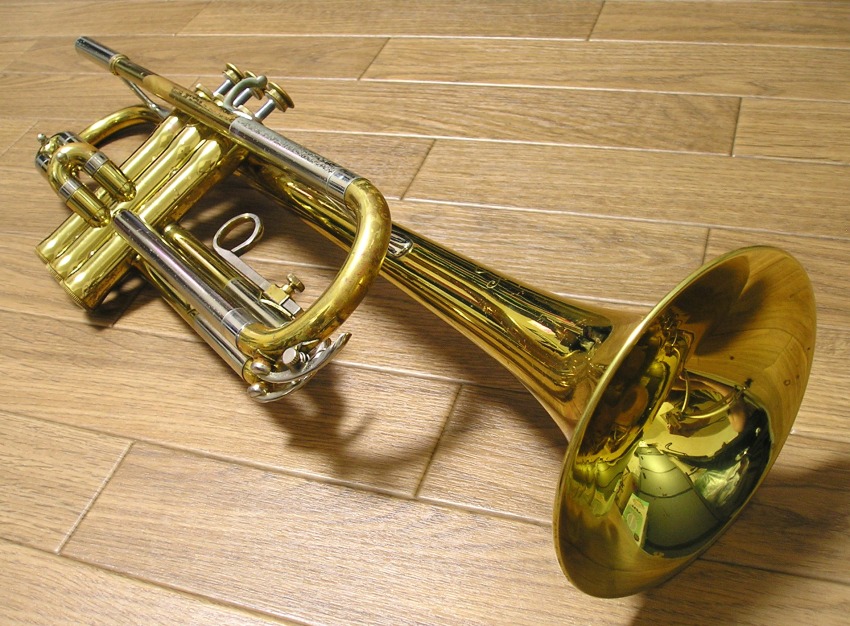

All the horns presented here are serviced, tuned and customized by KGUBrass workshop.

These later horns can often be had at somewhat bargain prices, and from the bell up, are exactly the same as earlier examples. Dear friends We at KGUBrass glad to know your interest in unique sound and style.

Later in the production run, Buescher moved the bell keys to the left side, changed the engraving (Buescher 400 surrounded by a floral motif), and nickel plated the keys, whichwas quite popular during the 1950′s. Examples of Buescher’s print advertising for the 400 may be found in the Historic Saxophone Ads section of my web page. Upon the resumption of saxophone production following World War II, the company undertook an aggressive promotional program, and soon many leading performers were using 400′s. Sadly, these beautiful cosmetic touches were omitted in later examples. The bells were beautifully engraved a design featuring a top hat and cane and a raised silver Buescher logo. The bow was significantly enlarged, and the bell was given a most unusual flair. The unique Buescher Snap-in pads (patented by Buescher in 1921) and Norton screw in springs (introduced by the Norton Company of Brooklyn, NY in 1930) were used, but the biggest difference was in the lower part of the horn! The low B and Bb keys were mounted on the back of the bell in order to avoid the muffling of tones by the players body. The key posts were increased in height in order to facilitate better “speaking”. All long rods and cross hinges were fabricated from nickel silver for increased rigidity and better wear. The new 400 offered several radical improvements over previous designs: a new neck featured an “underslung” octave key and a “leakproof” one piece mouthpipe and reciever ring. This new instrument, designated models B-7 (alto) and B-11 (tenor), was to be introduced in 1942 as an addition to the Buescher line, which had recently been revamped with the introduction of the Aristocrat model in 1940. Copies of these patent documents may be found on my web site (). He continued to manage the affairs of the company until his retirement in 1929.In 1940, the Buescher Band Instrument Company applied for patents on a revolutionary saxophone design. In 1895, Gus started his own company, and before long he was making an excellent and highly regarded line of saxophones. The very first saxophone manufactured in the United States was made by Gus Buescher (it’s properly pronounced “Bisher”) in 1888 when he was employed by the C. Louisiana law only permits a man to have one wife (an arrangement that I’m happy with), but if the same restrictions applied to saxophones, I would have to think long and hard about the Buescher 400.


 0 kommentar(er)
0 kommentar(er)
